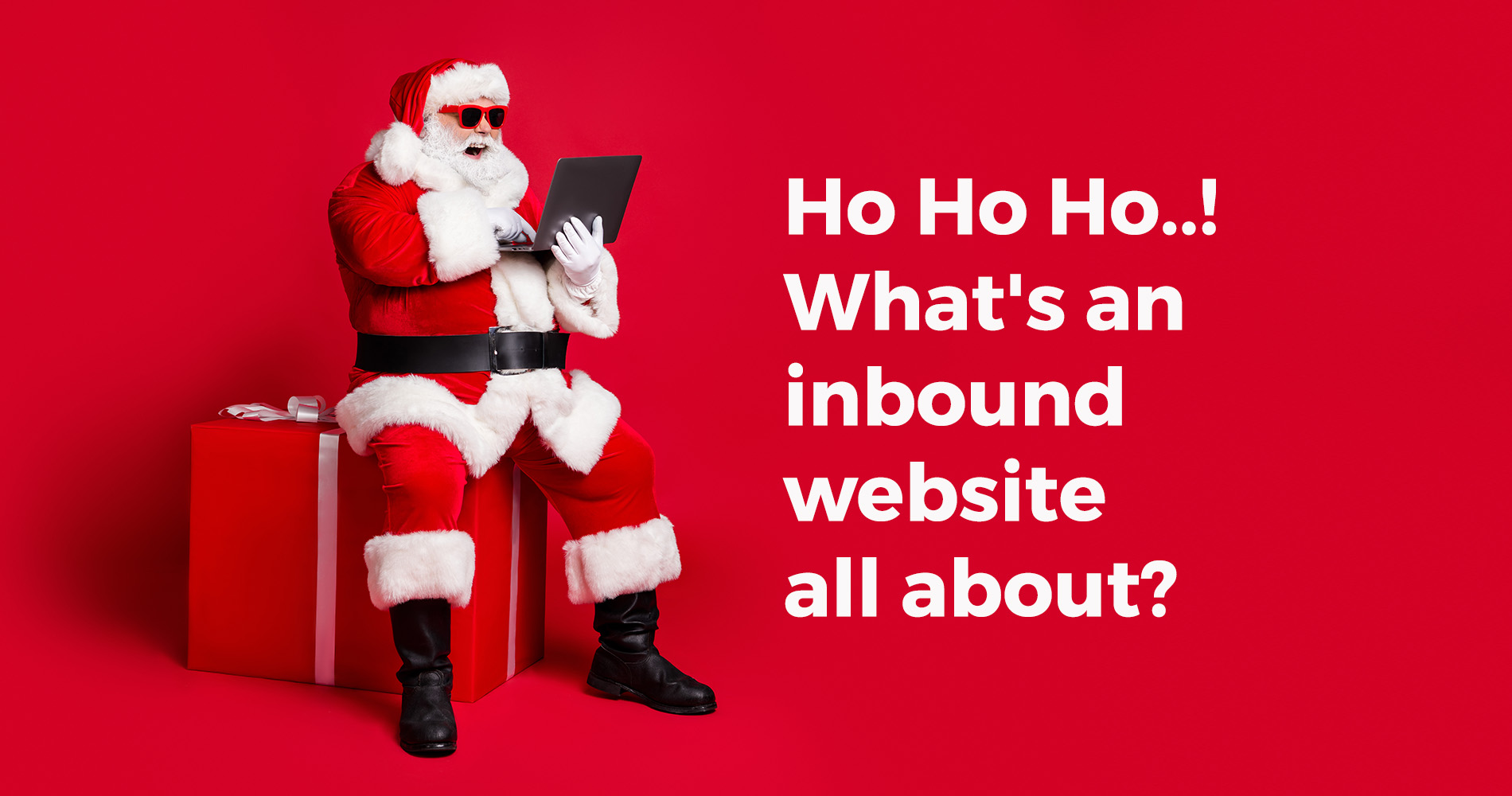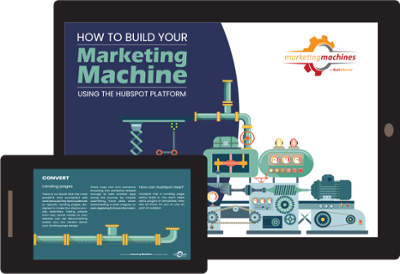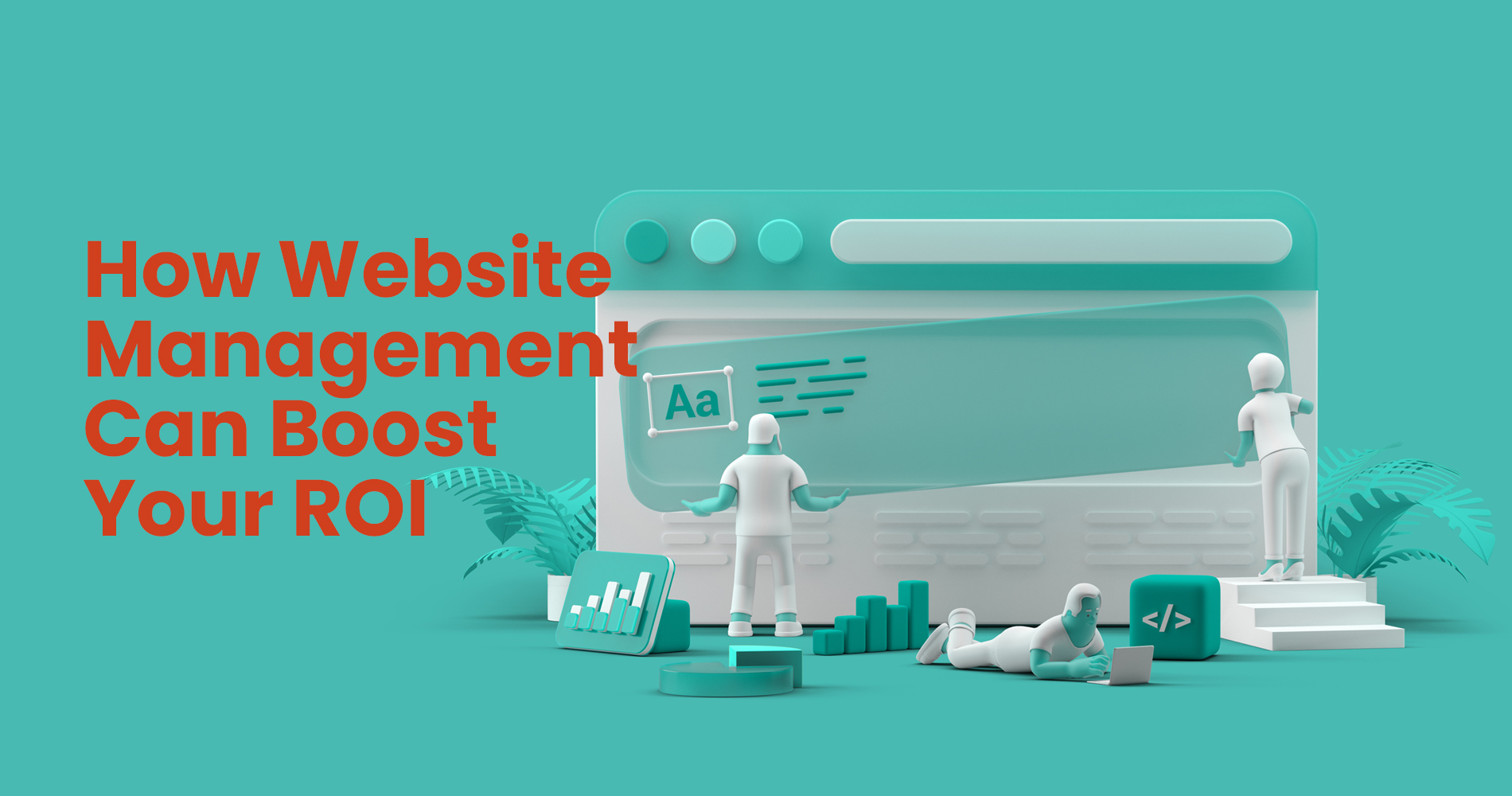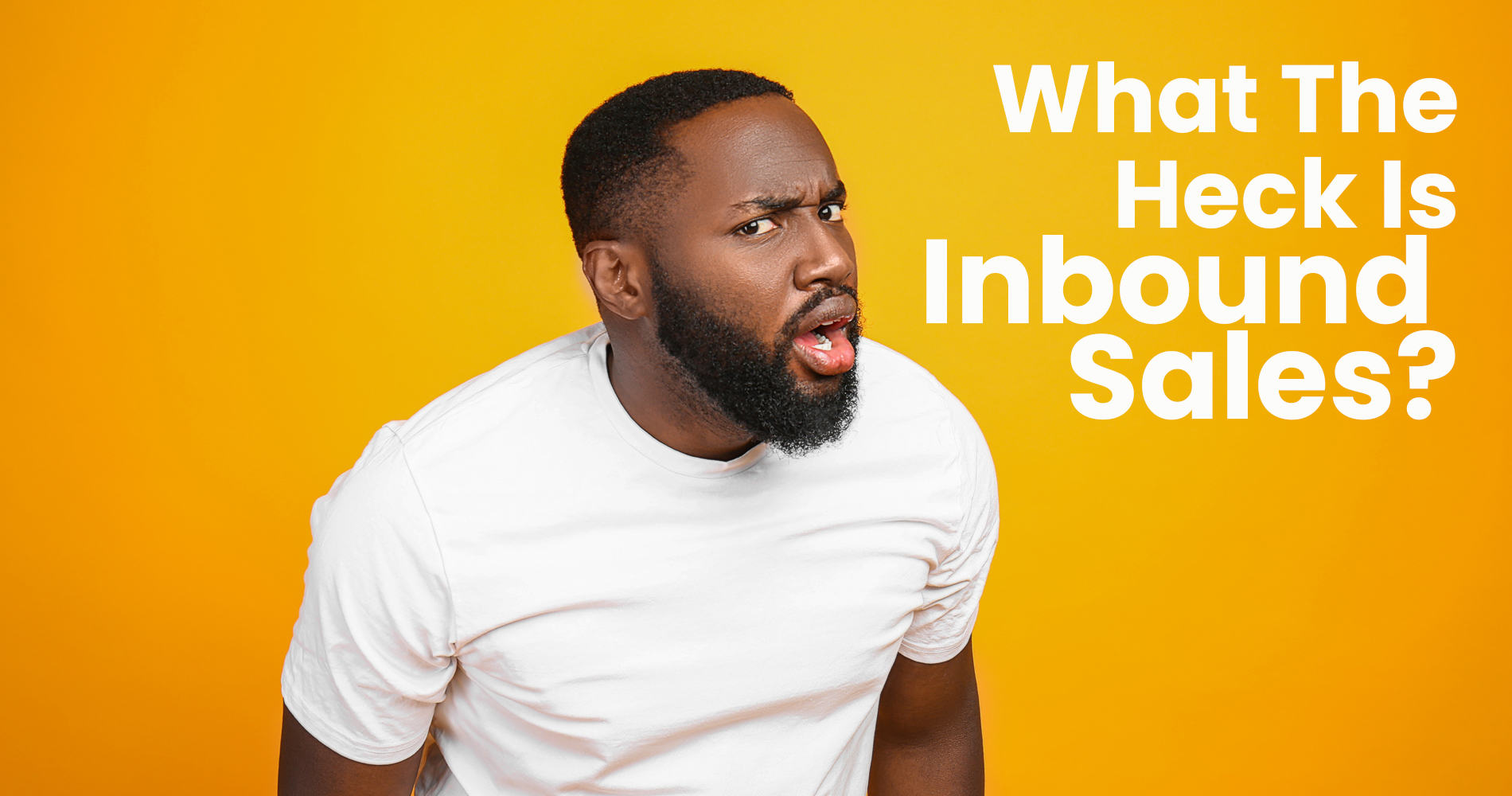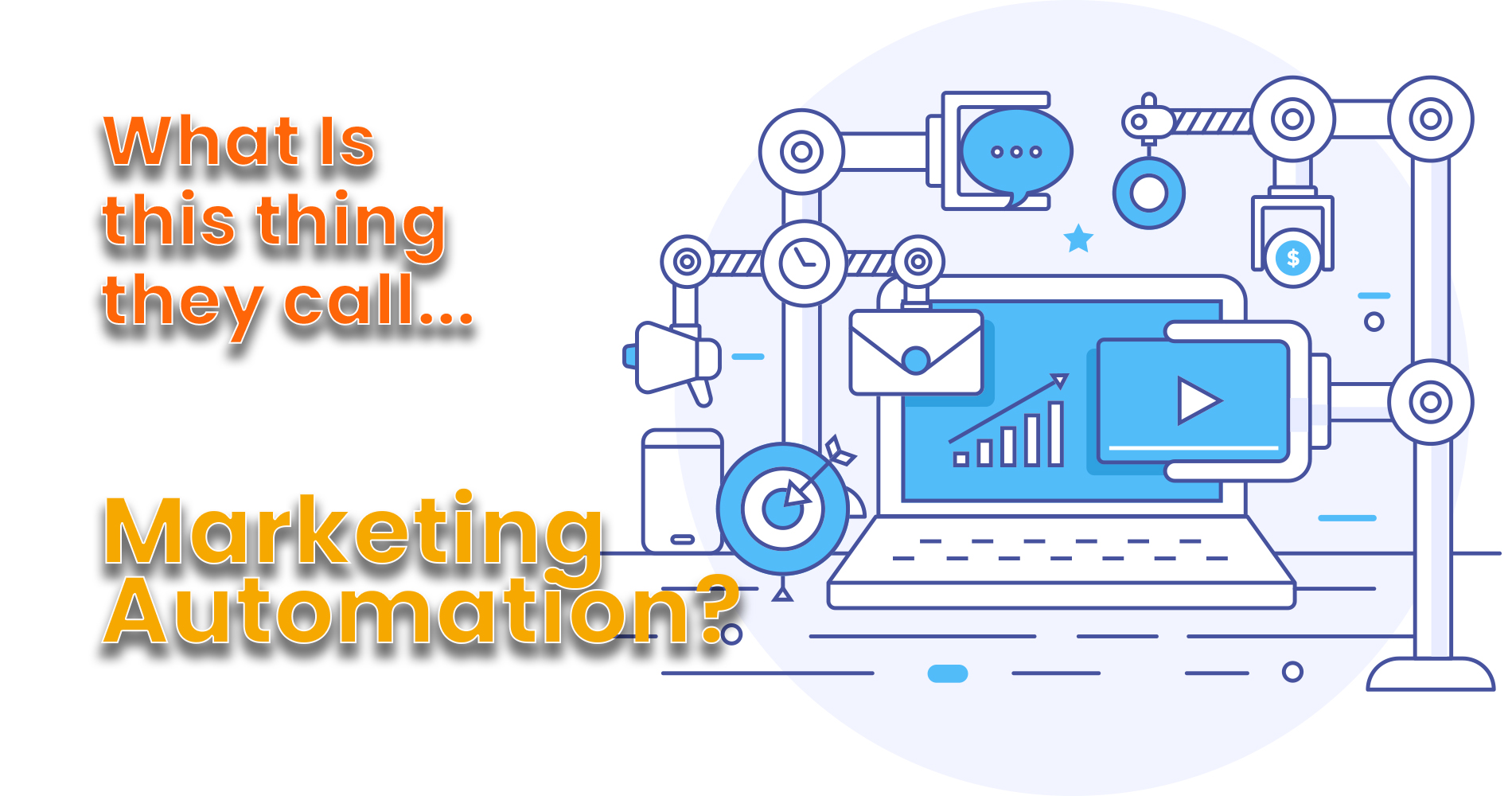Nowadays, companies can miss out on maximum profits if they do not set up their websites for inbound marketing. Having a website designed specifically for inbound marketing purposes is likely to improve user engagement and conversion rates for businesses.
So what is an Inbound-ready website?
The term "inbound-ready website" refers to a website that is optimised for search engines like Google, Bing, and Yahoo. Most of these websites receive traffic from major search engines. The purpose of an inbound website is to stand as a success enabler and an effective tool for inbound marketing. When combined with inbound marketing, it supports traffic acquisition, lead generation, and demand generation.
How can you make your website inbound-ready? You need to make sure that people can find your website when they search for what you offer. In order to achieve this, you must use keywords and content that make finding you easy for them. A difficult-to-find website won't result in repeat customers. To increase traffic to your site, you should optimise your site for search engines like Google, Bing, and Yahoo.
A well-designed inbound website will rank well in search engine results if it is carefully planned out. Also, the sites strive to provide visitors with a pleasant experience.
Check this out: Brochure Websites Vs. Lead Generation Websites
The key to successful inbound marketing is having an inbound-ready website. Setting up the website is the main focus, pushing the production of content back for several months. This article discusses why having an inbound-ready website is so critical to businesses and what features it offers.
Inbound-ready websites: why they're critical?
Gone are the days when shopping meant visiting a store and asking an employee if they had what you needed. Nowadays, the internet has become the primary source of information for almost all shopping decisions. In fact, a whopping 63% of shoppers start their buying journey by searching for products online - a testament to the power and convenience of online shopping. No longer do you have to physically go to a store to find what you need - with the internet, you can find what you're looking for with just a few clicks of a mouse.
Today's competitive marketplace requires a new approach to succeed - one that leverages the latest advancements in technology, meets customers' increasing expectations and captures their attention in the shortest amount of time. That's why we believe an inbound-ready website is the best way to go! With an inbound-ready website, you'll have the capacity to grow your business, attract more leads, and convert them into loyal customers. Invest in an inbound-ready website today and see the long-term success you'll have in this ever-changing landscape.
Inbound marketing is widely considered to be one of the most effective strategies for growing a business. Well-crafted, engaging, and search engine-friendly content can help drive traffic and generate leads. Combined with other inbound tactics, such as email campaigns and social media marketing, these tactics create more opportunities, leads, and demand. An effective inbound marketing strategy is one that is both cost-effective and sustainable, and that draws the attention of your ideal customers.
An inbound program's success depends heavily on the presence of a website, as it is integral in driving leads and conversions. Without a website, the efforts of an inbound program would be severely limited. By providing access to content, resources, and an easy-to-navigate interface, a website can be the key to leveraging the potential of an inbound program.
Did you miss: Inbound Marketing Strategy | Did You Miss The Message?
Websites play a key role in SEO
Website pages form the foundation of any inbound marketing strategy or content marketing campaign.
The focus of inbound marketing is on attracting and converting top-of-the-funnel leads, nurturing them until they are ready to convert. In order to achieve marketing success, marketing professionals should not only support buyer behaviours, but also engage decision-makers at the end of the buying cycle.
As such, you should target long tail search terms in the titles of any blog posts to attract attention at the awareness stage. You should also boost the visibility of your main website by ranking higher for keywords that correspond to the consideration and decision-making stages.
The main website must contain short-tail keywords that can be indexed by search engines in order for blog posts to link to them. Rank your main pages higher for short tail keyword phrases that frequently lead to purchases when search engine crawlers see them as relevant and informative.
The website drives demand generation
It is rare for purchasers not to visit a supplier's main website first before making a purchase.
As many as one in five buyers will only view your website before making a purchase decision, even though some may consume multiple pieces of your content.
Unless your website effectively conveys the information crucial to purchasing and converting interest into opportunities, you may miss out on an important part of the success inbound marketing can provide.
What makes a website inbound-ready?
An inbound-ready website serves as a gateway - it is designed to attract and guide inbound traffic towards becoming opportunities. To get the most out of your website, make sure it is primed to perform this essential function. Factors that you should consider are:
Visitor insight and knowledge - Inbound websites start with understanding the ideal customer through a practice known as buyer personas. By customising the design and content according to the taste, habits, and needs of two or three key user groups, you can engage your visitors more effectively and improve your website's performance. Crafting content that speaks directly to your ideal customer is essential for creating an engaging, relevant online experience.
Site structure and content - Your key web pages should align with your primary SEO keywords and your website's path to purchase so that your internal linking opportunities as well as your user experience are enhanced. In comparison to a large, sprawling website lacking these features, having fewer pages focused on SEO and purchase information is more effective.
Optimised content - Inbound marketing is an effective way to grow your business through content development. Content is the key to increasing organic traffic, engaging leads, and converting them into customers. If you look at any website that focuses on inbound marketing, you'll see elements such as blogs, whitepapers, ebooks, videos, infographics, and more. By leveraging such content, you can develop a powerful inbound marketing strategy that delivers on ROI. These are all signs that a website is taking an inbound approach to marketing.
Navigation - Your website navigation helps visitors find the information they need to make a purchase decision. It's better to keep it simple. An eye-catching navigation that places emphasis on the important content for purchase, while moving other links to the footer, improves user engagement and boosts bottom-of-the-funnel conversions.
Conversion strategy - A key component of inbound marketing is using offers to increase conversions so that marketers can move leads along the sales funnel. Inbound websites often have offers attached to forms on landing pages that can lead to conversions. Free reports are a good example of a free offer, since they are without risk to visitors, but serve as a great educational tool for people who are further down the sales funnel.
Design - While there is no universal agreement on what constitutes good design, there can be broad agreement on what comprises bad design. In today's market, customers expect high-end designs, and if your website looks like it came out of the 80s, there is a good chance that they will look elsewhere.
This may tweak your interest: GDD Hands Down the Best Method For Results-Driven Website Design
Proof - There's a reason why websites have an increased number of testimonials, reviews, and case studies. Providing proof to the visitors of the product or service helps build their trust in the product or service.
Conclusion
Implementing an inbound-ready website may sound straightforward, but it can take considerable effort to make it happen. Typically, outbound marketing produces faster results, but at a higher cost, whereas inbound marketing generates content over time and climbs the rankings.
However, Even though inbound marketing takes longer, it has lower costs per lead and long-term benefits. Additionally, it is one of the most powerful methods of reaching your intended audience. The more likable the content, the higher the conversion rate
Your website has probably not done much good for your business if it has lain dormant for a long time. There isn't much marketing or sales activity going on with it. For your business to grow and prosper, you must switch completely to an Inbound website as soon as possible. It's time to rethink your website. Objectivity always wins when deciding which pages to include and how to structure, word, and design them. Consider starting with fewer elements than you expect to need when in doubt. Start by concentrating on one thing at a time for faster results.
